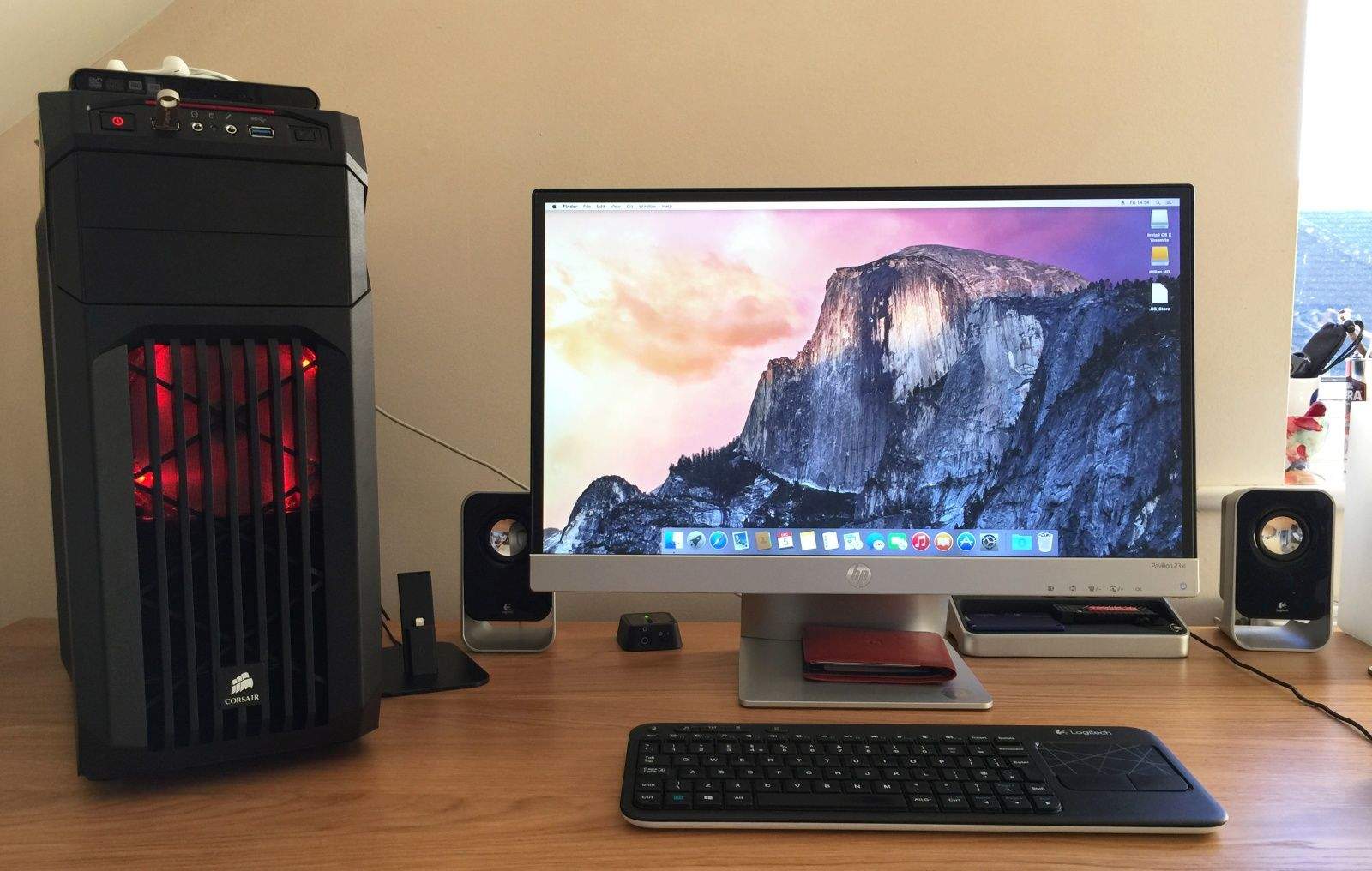Jun 16, 2015 Mining Bitcoin with your CPU. I really wanted to try mining and I didn’t care if it would cost me more than I would make in Bitcoin, so I looked around and stumbled across a bunch of different programs for mining. The one I found for using your CPU was funnily enough one named cpuminer.
XMRig uses separate miners for CPU and GPU, you need to download a CPU and GPU miner separately and run two separate instances on your computer.
Native binaries on Mac OS are not available for XMRIG.You will need to compile yourself, follow these instructions:
:format(jpeg)/cdn.vox-cdn.com/uploads/chorus_image/image/51713009/vpavic_161031_1256_0078.0.0.jpg)
BLOC Mining Network¶
You can find a complete list of the BLOC mining pools available on the BLOC MINING section of our website.
Make sure you have a wallet¶
If you have not yet downloaded and ran the BLOC software to sync the blockchain and create a wallet, you need to create your wallet before start mining.
Choose your mining pool¶
You can find a complete list of the BLOC mining pools available on the BLOC MINING section of our website. We suggest you to select the nearest mining pool following your location for the best mining experience and results.
Default Developer Donation¶
By default, the XMRIG will donate 5% of the hashpower (5 minutes in 100 minutes) to XMRIG developers pool.If you want to change that, edit config.json before you start mining.We strongly recommend to leave this donation fee at least 1% to help the XMRIG developers by providing regular updates.
Compile and installing for Mac OS¶
Assuming you already have Homebrew installed, the installation of dependencies is pretty straightforward and will generate the xmr-stak binary in the bin/ directory.
CPU Mining¶
To compile yourself xmrig make sure you visit the Mac OS Build Instructions and follow this guide:
Open the terminal and install dependencies by running this command-
Clone the package-
git clone https://github.com/xmrig/xmrig.gitMake a directory-
mkdir xmrig/buildMove over there-
cd xmrig/buildCheck build configuration
- Make sure you check the Ubuntu Build Instructions
- Including the Additional CMake options
Run cmake-
This option will run cmake without Disable SSL/TLS support. This means you can not mine from a pool using https.
cmake .. -DWITH_TLS=OFFExample:
- If you have installed previously openssl. Verify the path of OPENSSL on your computer and set the path like this while running cmake ..
cmake .. -DOPENSSL_ROOT_DIR=/usr/local/Cellar/openssl/1.0.2n -DOPENSSL_LIBRARIES=/usr/local/Cellar/openssl/1.0.2n/libExample:
- If you get an error regarding the
DUV_LIBRARYyou can specify the path like this:
cmake .. -DUV_INCLUDE_DIR=/usr/local/Cellar/libuv/1.23.2 -DUV_LIBRARY=/usr/local/Cellar/libuv/1.23.2/lib/libuv.a -DOPENSSL_ROOT_DIR=/usr/local/Cellar/openssl/1.0.2n -DOPENSSL_LIBRARIES=/usr/local/Cellar/openssl/1.0.2n/libFinish building it-
makeYou should see a result like this:
xmrig will now be located in
/home/user/xmrig/build/Type-
./xmrigDownload this config file example Check xmrig Setup and Configuration
If you see something like this, that means it’s working and you are mining BLOC!
GPU Mining¶
XMRig needs to be compiled for nVidia and AMD. Instructions for compiling are linked below(Ubuntu):
XMRig Setup and Configuration¶
- Open the
xmrig-config-sample.jsonfile with Notepad Find and change the following lines:
'url: 'pool.bloc.money:4444'Change to:[pooladdress:port]. You'll need to choose a pool to mine towards. You can check the full list here. Make sure to keep the's!'user: 'YOUR_WALLET_ADDRESS'Instead of[wallet address], simply paste your BLOC wallet's address. Make sure to keep the'!'donate-level': 5,Change to:1. Changing this to 0 will set the default donate-level to 5
Save the file
Start mining¶
if you want to mine with both your CPU and your GPU you must have both programs open at the same time!
- start
./xmrigif you're mining with your CPU, ./xmrig-amd. if you're mining with an AMD GPU,- or
./xmrig-nvidiaif you're mining with a nVidia GPU.
xmrig should start by default using the config.json placed near the xmrig binary.
You can build different config files following different configuration and then start xmrig like this:
How to check hashrate and results in xmrig¶
To check the hashrate and results in xmrig you have 2 options. Command line option and HTML reports.

Command Line option¶
- Type
hin the command line window to display your hashrate
- Type
pto pause the mining.
- Type
rto resume mining.
HTTP API¶
If you build miner from source, libmicrohttpd dependency is added. If you want use API you need to choose a port where the internal HTTP server will listen for incoming connections.
Exemple code to add in the config.json
If you prefer use command line options instead of config file, you can use options:Make sure you check the API details from the official XMRig Github repository.
Cpu Mining With Macos Is Bad For Processor Mac
Let's take the port number as 16000 and your IP address as 88.20.105.14 as an example.
This is how it looks :
Cpu Mining With Macos Is Bad For Processor Download
How to check your payouts¶
You get paid out based upon what the pool sets the min payout amount. A pool’s min payout amount can vary from pool to pool. Visit the mining pool you are mining from to checkout your actual payouts.
Example if you are mining from POOL.BLOC.MONEY¶
Go to the POOL.BLOC.MONEY.
Scroll down to
Your Stats & Payment History
- Enter your BLOC address
- Click search
- All your payments will be displayed here
Custom config file¶
Use config.xmrig.com to generate, edit or share configurations.
Mining with XMRIG¶
XMRIG gives too many options for tuning to get the best results out of your hardware. By default the miner creates config file for CPU, NVIDIA and AMD GPU. You can edit the values within these text files to customize your mining options.
For more information on XMRIG make sure you visit the Official XMRIG Github repository